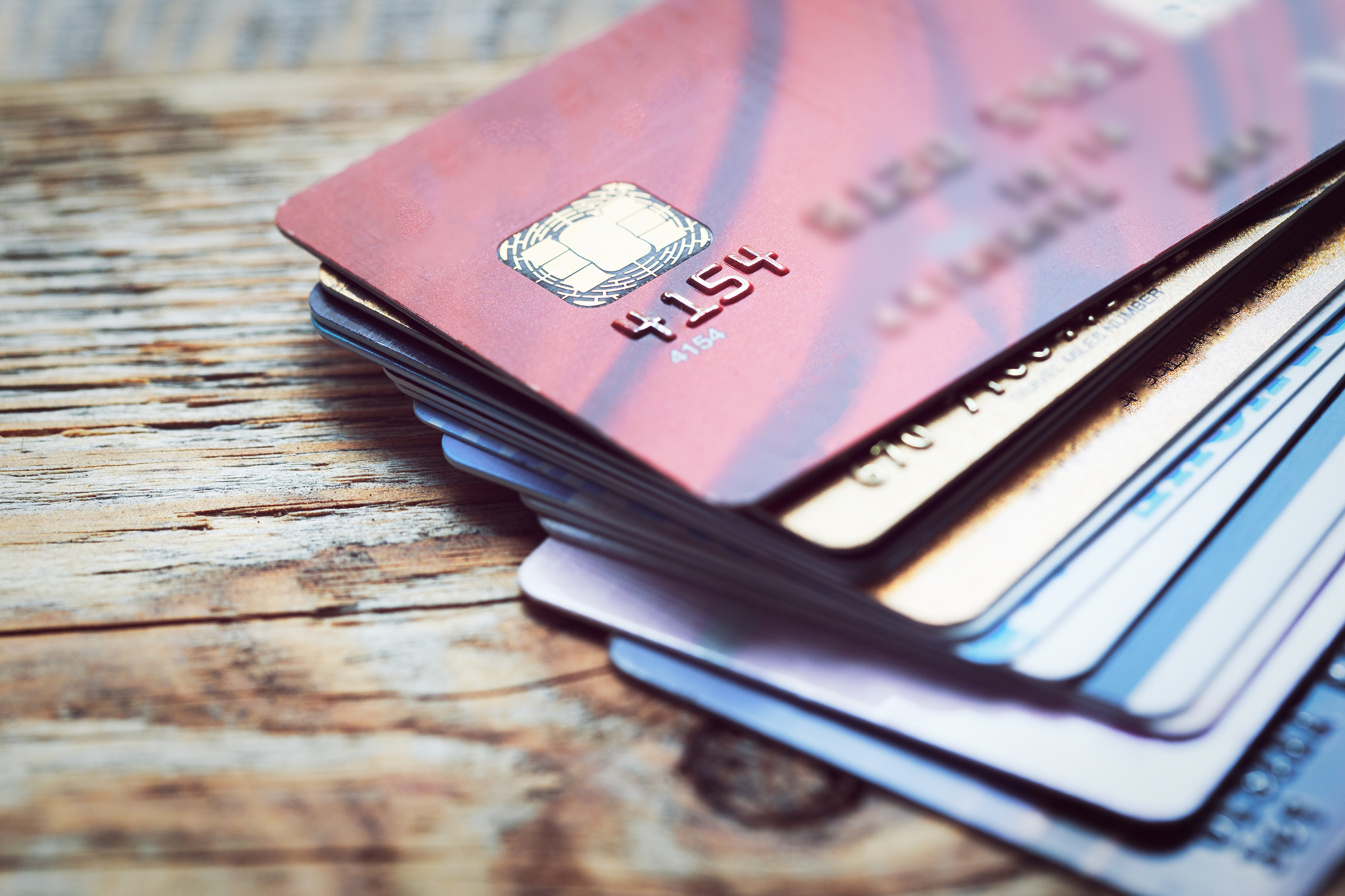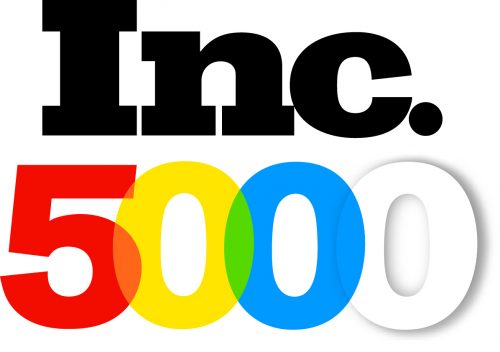Research shows that the average cardholder is carrying nearly $8,500 in credit card debt.
Do you fall into this statistic?
If so, it can be easy to feel like you’ll never get back on your feet or regain your financial freedom. Thankfully, there are simple and practical ways to reverse this trend.
If you can’t pay credit card debt, read on. Today, we’re sharing five steps you can take to get your head above water and tackle this issue confidently.
1. Debt Consolidation Loan
Is sky-high credit card interest one of the main reasons you’re struggling to get out of debt? If so, a debt consolidation loan can help.
In short, this process consolidates all of your credit card debt into one loan that usually carries a lower interest rate. In most cases, this loan will be in the form of a balance transfer card or a personal loan.
Normally, a balance transfer card will offer a promotional period of 0% interest for 12 to 18 months. This way, you can start to chip away at your balance without those extra monthly costs dragging you down.
If possible, it’s best to make a budget and pay off your entire debt during that promotional period, because normal credit card fees kick in when it’s over.
The only caveats?
You’ll need to have a solid credit score (690 or higher on the FICO scale) to qualify for most debt consolidation options. In addition, many issuers will charge a balance transfer fee that equals 3% to 5% of the amount you’re transferring, while some will also include an annual fee.
However, if the interest you’ll save during the promotional period is less than any issuer fees, this can be an excellent place to start.
2. Payoff Debt Solution
This works by combining several of your debts into one monthly payment.
Normally, this monthly bill has a lower interest rate that could slash your normal rate by half. You’ll make your monthly payments to a debt counseling agency, who will then distribute it among your creditors.
If you have a sub-par credit score and don’t qualify for most debt resolution plans, this can be a great route to take. Most issuers will only require that you have a steady stream of regular income to pay off the debt within five years or less.
While fixed monthly payments can help you stick to a budget and plan for the future, keep in mind that extra fees are common.
3. Line of Credit
Are you a homeowner? If so you may be able to take out an extra line of credit on the equity you have in your home. Then, you can use this account to pay off your credit card bills or other debt.
A similar option is to take out a home equity loan. This kind of loan will be a lump sum with a fixed monthly interest rate. A line of credit, on the other hand, works more like a credit card. That means its interest rate will vary depending on the amount you use.
Either way, both of these options carry a lower interest rate than an unsecured personal loan would. They also have a longer repayment period, which keeps your payments manageable. As they are secured with your home, only pursue these options if you know you won’t default.
4. Pay Off Your High-Interest Cards First
Studies reveal that nearly two in five Americans don’t know the annual percentage interest rates that all of their cards carry.
To lower your debt, start by figuring out those numbers for yourself. Once you know exactly what you’re paying in interest each month and for which card, you can prioritize your next steps.
To pay down your debt in the shortest timeframe, start by making the minimum payment on each card. Then, the put your extra money toward paying off the card that has the highest rate.
For instance, say you have three cards. You’ve budgeted $200 per month to start paying them off.
- Card A has a balance of $5,000 18% APR and $50 minimum payment
- Card B has a balance of $3000, 20% APR and $60 minimum payment
- Card C has a balance of $4,000, 16% APR and $30 minimum payment
All of these minimum payments combine to equal $140. That leaves you $60 to put toward the card with the highest interest rate: Card B. Over time, you’ll save more money this way than if you paid off your cards according to balance.
5. Pay Twice a Month
A common misconception is that credit card interest is calculated based on how much you owe when the due date comes around, or when the billing period ends.
Rather, it’s actually calculated based on your average daily balance.
Knowing this, you can lower your debt by making smaller payments on a more frequent basis. The easiest and most effective way to do so is to split your bill in half and pay twice a month. With this setup, you’ll make two payments, applied every two weeks.
This equals 26 half-payments or a total of 13 full payments. Compared to the 12 full payments you’d make it you only paid once per month, you’ve saved an entire month’s worth of savings over the course of one year, which you can use to pay down your debt.
While it might not sound like that much of a difference, applying that extra month’s worth of savings can be extremely effective, especially if your balances are high.
Can’t Pay Credit Card Debt? We Can Help
Are you looking for easy, practical ways to lower your credit card debt? Let’s talk.
We help connect people just like you to debt consolidation options that are perfectly matched to their needs. We have more than 18 years of experience in the field and are well-versed in the many forms of debt consolidation available.
If you can’t pay credit card debt, there’s an offer out there that can help you find relief from the stress that’s weighing you down.
Head here to see yours today!




